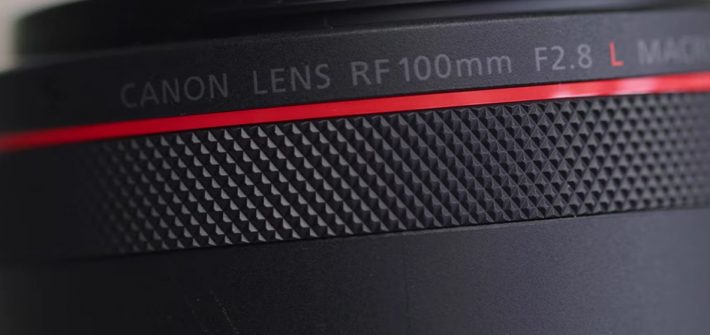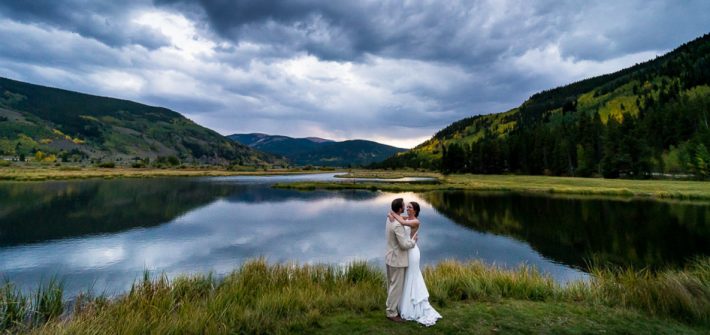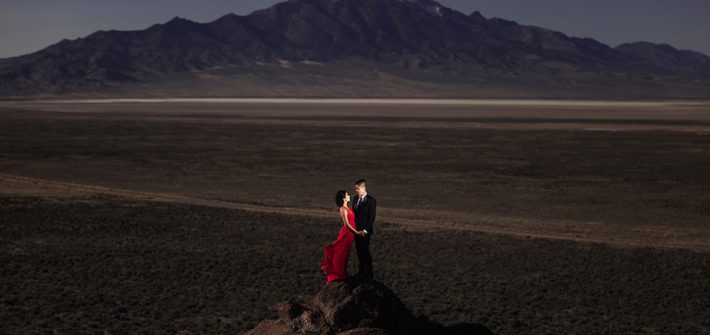I love using reflections for my landscape photography. A nice sunrise or sunset with a reflection of the colored sky in a pond or lake is very rewarding. But you can find reflections everywhere. I tell you about it in this article.
![]()

The Canon EF 100mm f/2.8L Macro IS USM was one of the most respected lenses in its DSLR line, offering top image quality, impressive image stabilization, and no-fuss autofocus, all at a very reasonable price that made it a top pick for wedding, macro, and portrait photographers. The new RF version promises a range of improvements and new features, and this excellent video review takes a look at if they are worth the price.
![]()

Finding success in a single area of the photography industry is no small task. And yet, R. J. Kern has managed to find success not only as a wedding photographer but now as a fine art photographer as well. I sat down with him one afternoon to pick his brain on his top five tips for emerging fine art photographers.

Wedding photography can be one of the more daunting genres. For many people, their wedding day is one of the most important days of their lives. As photographers, it’s crucial to capture these moments carefully and as best we can. This is especially important when it comes to the bride.

Have you been thinking about becoming a wedding photographer? If you’ve been toying with the idea of starting a wedding photography business, this article will help you figure out if it’s the right path for you. Read on to learn a few steps to get started in the right direction.

An 85mm lens with a wide maximum aperture is the tool of choice for countless portrait and wedding photographers, offering a classic, flattering focal length in tandem with shallow depth of field and plenty of low-light capabilities. Such lenses run a wide gamut of prices, however. This excellent video comparison takes a look at three options with a $1,000 price difference between them, the Samyang AF 85mm f/1.4 FE II, Sony FE 85mm f/1.4 GM, and Sigma 85mm f/1.4 DG DN Art.

In photography, the term leading lines is a compositional technique used to draw a viewer’s eye to the subject of the photo. These lines can be created by any object in the scene like a road or path, a fence or railing, a distant object like a mountain, and any other structure that creates a real or imaginary line in your image.

Wedding photography is a challenging genre that takes rock-solid technique, the ability to think quickly on your feet, and calmness under pressure. If you would like to learn how to become a better wedding photographer, check out this fantastic video tutorial that features an experienced wedding professional discussing 10 of her photos and how she chose the camera settings for them.

Becoming a competent photographer with good creative aptitude is only half of what it takes to become a successful wedding professional. This fantastic video tutorial will give you a ton of helpful tips and information on how to start and build a wedding photography business.
![]()